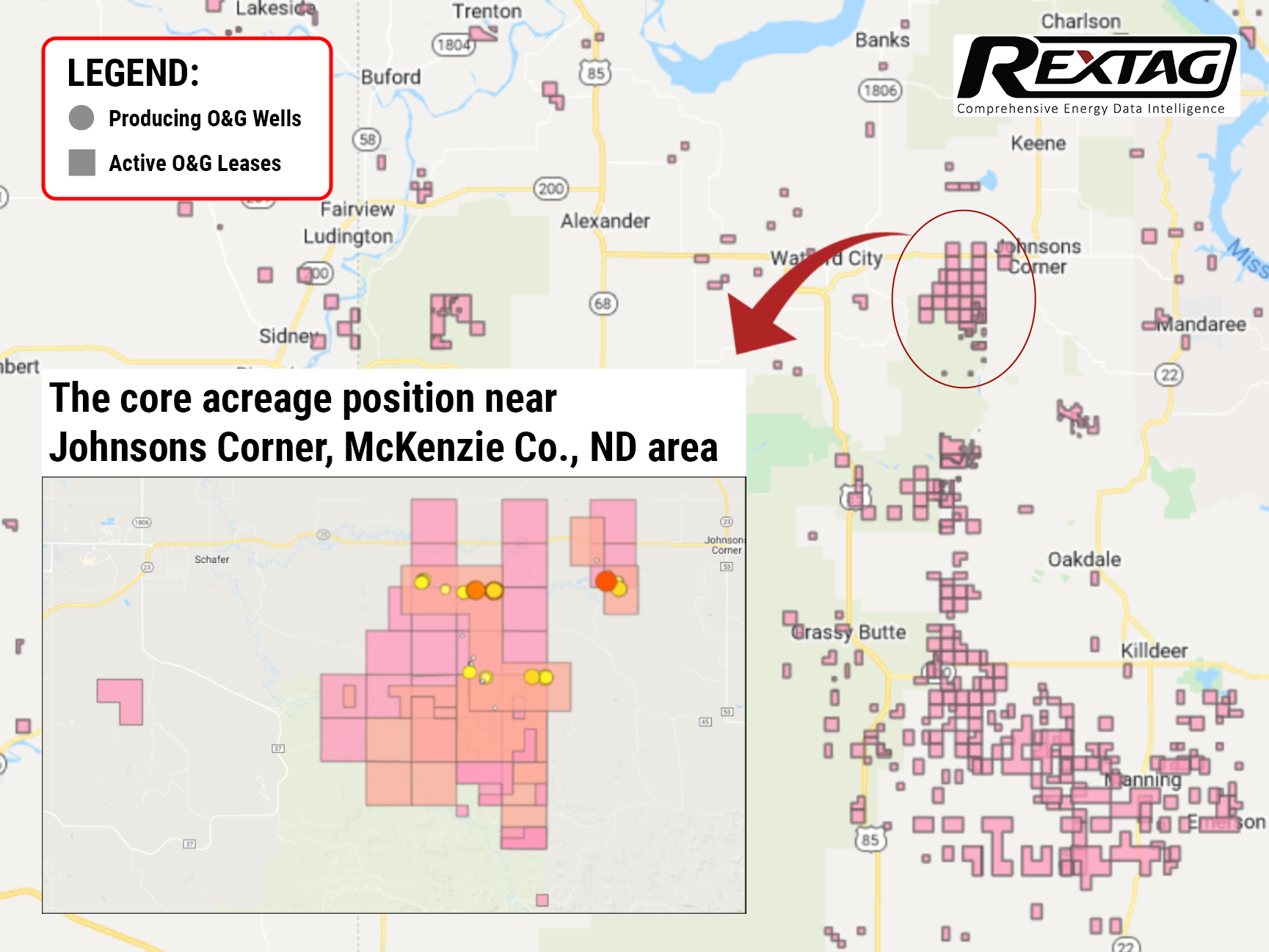Comprehensive Energy Data Intelligence
Information About Energy Companies, Their Assets, Market Deals, Industry Documents and More...
Lime Rock Resources Starts the Year With a Bang — a Money Bang!
03/03/2022
Lime Rock Resources, acquirers and operators of producing oil and gas properties in the United States, announces two acquisitions: the company acquired the Williston Basin properties of Abraxas Petroleum for $87.2 million, as well as properties from a private seller in the Austin Chalk and Eagle Ford in Texas for $271.3 million.
Founder and CEO Eric Mullins said Lime Rock Resources' start to the year with two acquisitions worth $358.5 million signaled a change in the upstream A&D sector.
Since Lime Rock Resources was founded in 2005, it has acquired over 25 oil and gas properties in the U.S. Just over the last four months, Lime Rock Resources team has made over $850 million in total property acquisitions. In October, Lime Rock Resources closed on the acquisition of oil and gas properties in the Permian Basin from Rosehill Resources. The acquisition was described as a “unique opportunity,” and was worth $508.3 million.
Having acquired nearly one billion dollars of venture capital in the last few months demonstrates changing market dynamics, a robust opportunity set, and Lime Rocks' ability to partner with sellers over many months on agreements that work for all parties.
Among the two acquisitions announced recently by Lime Rock were Abraxas Petroleum’s Williston Basin position in North Dakota as well as properties situated in Burleson, Milam, and Robertson in Texas from a third party.
According to Abraxas, the $87.2 million transactions are part of a business restructuring plan that will result in it becoming a pure-play firm focused on the Delaware Basin. About 3,500 acres of land in McKenzie County are involved in this transaction. By acquiring these assets, Lime Rock Resource now controls approximately 19,400 boed of net production in all of North Dakota.
With respect to the Texas properties, which were acquired for $271.3 million from an undisclosed seller, they contain 46,000 contiguous net acres and produce 7,700 boed as of the closing of the deal.
It also seems that the company will be able to integrate the new assets seamlessly into its existing operations in both Texas and North Dakota, as well as intensify its focus on low-risk opportunities and margins, which will significantly boost Lime’s market position going further.
If you are looking for more information about energy companies, their assets, and energy deals, please, contact our sales office mapping@hartenergy.com, Tel. 619-349-4970 or SCHEDULE A DEMO to learn how Rextag can help you leverage energy data for your business.
All In: Devon Energy is Banking on a Rebound for Anadarko
![$data['article']['post_image_alt']](https://images2.rextag.com/public/blog/Devon-Energy-is-Banking-on-a-Rebound-for-Anadarko.png)
Devon Energy Corp. believes that the Anadarko Basin is a hidden treasure and aims to use its position in it to fuel a robust cash return model and establish itself as an industry leader in promoting ESG. This E&P company plans to drill 45 new wells in the Midcontinent by 2022, as well as to produce 600,000 boe/d across five operating basins, including the Eagle Ford Shale, Permian, Powder River, and Williston basins. And given that Devon's recent fourth-quarter results were better than Street estimates. It appears that they are doing something right, at least for the moment.
U.S. Oil and Gas Drilling 2023-2024 Report: Rigs, Onshore, Offshore Activity, Biggest Companies
![$data['article']['post_image_alt']](https://images2.rextag.com/public/blog/R249_Blog_ U.S. Oil and Gas Drilling 2023-2024 Report_ Rigs, Onshore, Offshore Activity, Biggest Companies.png)
In January 2024, the United States saw a mix of ups and downs in the number of active drilling rigs across its major oil shale regions and states. Starting with the shale regions, the Permian Basin led with a slight increase, reaching 310 rigs, which is 3 more than in December. The Eagle Ford in East Texas held steady with 54 rigs, unchanged from the previous month. Meanwhile, both the Haynesville and Anadarko regions saw a decrease by 2 rigs each, landing at 42 rigs. The Niobrara faced a larger drop, losing 4 rigs to settle at 27. On a brighter note, the Williston Basin and the Appalachian region saw increases of 2 and 1 rigs, respectively, resulting in counts of 34 and 41 rigs.
![$data['article']['post_image_alt']](https://images2.rextag.com/public/blog/328_Blog_Why Are Oil Giants Backing Away from Green Energy Exxon Mobil, BP, Shell and more .jpg)
As world leaders gather at the COP29 climate summit, a surprising trend is emerging: some of the biggest oil companies are scaling back their renewable energy efforts. Why? The answer is simple—profits. Fossil fuels deliver higher returns than renewables, reshaping priorities across the energy industry.
![$data['article']['post_image_alt']](https://images2.rextag.com/public/blog/327_Blog_Oil Market Outlook A Year of Growth but Slower Than Before.jpg)
The global oil market is full of potential but also fraught with challenges. Demand and production are climbing to impressive levels, yet prices remain surprisingly low. What’s driving these mixed signals, and what role does the U.S. play?
![$data['article']['post_image_alt']](https://images2.rextag.com/public/blog/326_Blog_USA Estimated Annual Rail CO2 Emissions 2035.jpg)
Shell overturned a landmark court order demanding it cut emissions by nearly half. Is this a victory for Big Oil or just a delay in the climate accountability movement?